[paddles through water]
[men calling to each other]
[shouting and clapping]
[music]
– Gidemi-bimaadiziwinomaa noongom. I walked that old way here today, yet and… This is a very rich culture amongst our people. It was handed down by stories, by teachings only. Nothing was put down in a book and handed to us. This is a very simple way of life. This river right here is known as “Mashkiiziibii,” and I still refer to that in my prayers and everything, Mashkiiziibii. I do that because of the spirits yet to today; they only know that as Mashkiiziibii, “Medicine River.” I don’t like to use it as Bad River because our language… We have nothing, nothing bad to say about any of the Creator’s creations. There is no such a word as “bad”, so this Bad River, I don’t like the name of it, so I refer to it in my prayer– yet today– as Mashkiiziibii, Medicine River. Manidoos that bimose, that walk on this water, they’re right here with me today. And before I came here, I went and prayed, and I asked them that I say good things here today, you know, that I don’t forget any of the really important things.
[rhythmic drumming]
[music]
– Bad River Ojibwe History was funded in part by Irene Daniell Kress, Francis A. and Georia F. Ariens Fund of the Community Foundation for the Fox Valley Region, Evjue Foundation, Ron and Patty Anderson, Ira and Ineva Reilly Baldwin Wisconsin Idea Endowment, National Endowment for the Humanities, and Friends of Wisconsin Public Television.
– [speaking Ojibwe]
– One of the things I think that I’ve seen over the years is that there has been a lot of change. Not only change in the environment, you know, things are a lot different now. When I take a ride out in the woods, I take a look and I see so much of the land has been clear cut. When I look out at the river, I do not see the rice like it used to be when I was younger. We lived down in Old Odanah then, on Kakagon Street. The nuns had their convent and also the school in the area where the church is now.
– I grew up in this little community right down the road here. It’s called Kakagon Street. In a great big house, it was called a mansion. It had twelve rooms upstairs and seven downstairs. And we all had big homes around here years ago. That was during the lumber era when everybody had money. There was all kinds of salesmen around here all the time selling rugs from Persia. They had the big oak sliding doors in their homes. I was fortunate enough to grow up in a house that had that.
[music]
– Eighteen ninety-six, the Chicago fire. They said they had enough lumber there to rebuild Chicago. During the lumbering times, many of these people had lots of money… what they could get for their lumber… and they had to go through the Bureau to get it, the Bureau of Indian Affairs. They had to write vouchers for whatever money they needed. Okay? Stearns… They ran the town. They had a store. You’d work for them… they didn’t give you money, they gave you credit. So you could not take your credit to a place in Ashland. You had to go to the store here, get a voucher, and do your shopping in that store. Prices marked up… a team of horses $700. Maybe worth really about $350, if they were worth that much. So, it made its rounds like that, okay? All coming right back into Stearns’ pocket.
– And I can remember when I was a youngster we used to still have that pow-wow over there where it’s at yet today. It was this time of the year, and they used to have old Model T’s, Model A’s in a circle and they used to have, like, smudge pots all over there also. Once in a while, they would turn on the headlights on their cars and stuff and everybody would be dancing out there and singing and smudge pots and there’d be a bonfire there. They used to have a county fair there.
– It used to be right in front of where my mom and dad had their house. I said, “Well, when you say ‘Fairgrounds,’what do you mean?” And she said, “Just like the county fair.” She said, “They’d have vegetable displays, they would have their bakery and their jams and their jellies, their canning.” She said that would be part of it, but a lot of it, too, had to do with more recreational-type things, and it was a very important part of their entertainment at that time. My dad used to tell me, he said they would come from all over. I suppose if there was a ball game, you know, that was something very important to them. A lot of friendly competition between reservations when it comes to sports. Still is. Baseball games? That was a big thing here on the reservation for many years. Right up until my sons were old enough to play.
– We had some pretty good baseball teams here. A game every Sunday. Grandstand, popcorn, and stuff. A lot of these games that you see today… One game is lacrosse… that we play today. You know, I have a lot of lacrosse sticks and stuff given to me by the elders. I still have them at the house. Lacrosse was given to our people, there was an elderly woman, she was real sick. In this guy’s dream, he had a dream about this game. In that dream, it said to make these sticks, to make a ball out of a knot and how to play it. And so, all the energy they spent on the field that day, them young braves and stuff, went into that woman. And that woman slowly got better and better. And that’s how they heal. And most all these games you see today that we play has got to do with the healing part, like in the healing ceremony.
– They had fairs here. You see pictures, but that is all you see. Alright? See all of those houses around. Where are they? They’re gone.
– That highway was built there in 1936 or something, ’37, and it kind of closed off this community here. It’s like a dike. So, this water had no place to run anymore, this Bad River. So it plugged it up, and all of them houses here, they had 100 houses right over there starting on the corner over there. And it just flooded everything, and it water-logged them. They never had enough money to fix the houses, and so that is why this community fell apart.
– I lived through those floods. And the biggest one I can remember happened in 1946. It was huge. My parents went into Ashland to grocery shop and on our way back, we could not make it back to our house because that’s how fast the water came up. And it was a great, a large area that it covered. It was during that flood where the St. Mary’s school, a section of it collapsed. A lot of us went to school there, and I graduated from there, eighth grade. Sometimes you didn’t want to go there either [chuckling] because there were a lot of things that we were expected to do, by the teachers and the nuns. There are some good memories and then there are some not-so-good memories.
And I can remember this one time I went to a ceremony, I must have been probably fifth grade… sixth grade. And I went with my grandmother to the ceremony. I don’t know how the nuns found out about it, but when I got to school that Monday morning they sent me to the principal’s office. And I had to sit on the floor in the principal’s office all day because I went to the ceremony. And I think it was a lot of misunderstanding on their part because we all worship the same thing, the same Being, whether you call him the Great Spirit or whatever. And I don’t think they realized that. That’s why, in my generation, nobody can fully understand their language because we weren’t allowed to speak it when we went to school.
– We went down to see a ceremony. And while we were watching that ceremony, this girl was starting to cry… She was remembering then about her grandma. They were lying in bed when she was about eight or nine years old and that’s when she started school, and she didn’t know no English until she started school. And then she was crying because her hands were all, all cut up. That’s from taking that ruler with that little iron thing, that metal strip on the bottom, and hitting you on the back of your hands like that for speaking the language.
She told her grandma and her grandma said, “Well, you’ll have to forget your language then.” Now, that’s only one story, but there was lots of them like that.
– My father picked the day he’d go down and check Kakagon over there. Right now it’s wild rice time, we’d be ricing, me and him together. I started out when I was ricing when I was nine years old with him, a very young age. I riced with him until about 30, when I was 30 years old, after I came back from the Service. And he taught me a lot. No, he didn’t teach me a lot, he just said things that if I was supposed to pick them up and carry them on with me, that’s the way it was supposed to be today.
– It’s very important to us as a people, because first of all it’s a staple, something that we all enjoy using. Another thing is it gives us that time of the year… in the fall when we go out and actually participate in a cultural event that our ancestors did, you know, and that’s important. And it was a good time because you had a chance to socialize, you had a chance to rest, of course, because ricing is hard work, but when you are out there, you enjoy it, it’s not work because it is a way of life, you know. We would go down and knock the rice, what they call “knock” it, and it is just taking the stalks and pulling them into the canoe, or your boat, and hitting them so that the kernels fall out. Once you get as much as you think you needed, then you would come in.
– This time of the year, standing up on the bank there, my grandma came up from ricing,and they had a little, what we call a rice boat, a home-made boat out of lumber. Grandma was sitting in there, there was so much rice… like this, from one end of… There was only about that much free board. That’s how much rice they made, that day. Then they laid the rice out the next day and dried it in the sun.
– Once it got to a certain point, then my mom and dad would take it and they would, what they call, “scorch” it. She had this big black kettle, and after supper the job then would be to go out and help my mom to build a fire for her so that she could scorch the rice.
And then, they would store it in either bags or paper boxes. It was my job to go out there and dance the rice. When you say “dance”: you put two poles up, and my dad used to have a little pit and he would line it… put the rice in there, and then I would put on a pair of moccasins and I would get in there. And you move your feet back and forth to get the husks, loosen the husks. And then, once that’s done, then you put it in these birch bark baskets my grandma used, and my dad did too, and they would, what you call “winnow” it. That means you toss the rice up so that the chaff, they called it “mazaanag,” would separate from the kernels.
– They had nine of them big great sacks like that actually, cleaned rice that was going to last them all winter. But they were down there, that whole family was down there and had to work. Surviving.
– As I got older, the whole concept changed a little bit. We still went out and got our rice that we needed to get us through the winter, but then there were rice buyers here. And they would come down and buy the green rice from you. Back in those days, that was probably in the ’50s, early ’60s, it was a means of earning extra money, you know, to go out and buy school clothes for your kids. It was important for people at that time. From what I hear and from what my sons tell me, because they learned how to rice when they were probably 12 and 13 years old, if not younger, now they go down to the rice fields and they say, “It’s nothing like it used to be.” They said, “Mom, if we took you down there, you’d cry.”
– The old way people that were following that way of life stayed here because they could live off the land. It’s a very simple life, you know, it’s not that hard to follow. They’ll teach you it. They’ll send you for tobacco. Come on to the camp tonight and sit around a fire and stuff, and they’ll tell stories about the old way of life and stuff like that. That is the way I learned.
– I remember so many stories that my grandma would tell me. She loved to tell stories about what I imagine life was back when my ancestors came here. And when she would come to our house, I would sit on her lap, and what I learned was that the Ojibwe people once lived on the East Coast, and because of conflicts with the Onondagas, Tuscaroras, and those tribes, they began to migrate inland. And according to legend that they followed they call it the “miigis”, which is supposed to be a shell, but to me, it was almost like a star, you know, as I got further and further into reading about it. And this light, or this object, brought them to this area. From there they branched out. Some of them went to the North Shore of Lake Superior, and our tribes were then located at La Pointe, island of La Pointe. That’s kind of like the motherland of the Ojibwe people. From there, they dispersed to other areas. As far as Bad River is concerned, I’ve heard so many different versions. One of them is: we came here because of the rice.
– I used to talk to the elders over there, they were telling me that they lived around that time when they were sending people to different reservations like: L.C.O.
(Lac Court Oreilles)
, Lac du Flambeau, Bad River, and Red Cliff, and Lac Vieux Desert, and… When they were selecting people to go, they were taking families, “Oh, you go here, you go there, you go here, you go there.”
And then, they never mentioned this place over here, Mashkiiziibii, Medicine River over here.
So, these people were, being the last ones there, they were asking the Indian Agent, “What about us?” He said, “Oh, go on to the side. I’m going to send all of you pagans over to Mashkiiziibii.” So, this is why this is kind of a place where it was the last stand right here, of the drums and stuff like this. It all came back out of here and went to all these reserves. The guy said that when they travel here from different reservations and they’re following the way of life of another place, they said they don’t understand why they feel so good when they come here because this is where the spirits made their last stand here, went with the people who follow that way of life.
– Two years in graduate school, anthropology. There was a saying, was if Indians get into anthropology, they have a hard time in there, but I live on that stuff, and I had an argument for all that good stuff that they had. We got some ceremonies that we do, okay? And one of them ceremonies is what we call “jeezakon”, shaking tent. The anthropologist, he sees that. He says, “If you can do it, I can do it.” But, he never could. Now why is that? Why? What happens, okay, with something like that? Why can’t they do that? There is something about us that allows us to do something like that, and I don’t know what it is.
And then that lodge, there is also part of that culture in there that we followed at that time.
– And the Midewiwin, the Lodge, from the beginning of our people, it’s been there. The way my grandma explained it to me, it’s like a learning. There are different degrees that you need to advance through, and it is mostly like healing. You learn about different medicines. She said it’s something that’s very sacred to our culture, and that in order to be able to understand it you need to be, you need to live it. She said, “It’s not something like,” at that time I was just a kid, and she said, “Like you go to school.” And she said, “You’re in school for how many hours a day?” And I told her “Eight hours, Gram.” She said, “With the Midewiwin, it’s every day, every night. You have to live it.” She said a lot has to do with respecting, respecting mother Earth, respecting each other, she said and living that. She said, “It’s not something to be taken lightly, and not something that you need to fear,” she said, “Because you learn about life and how the Creator wants you to live it.”
[drumming]
– There’s many secret societies out there that I still go to, yet. We have never took pictures of them, or taped them, or nothing like that. There are special songs that were handed down. They used to have Indian police here years ago because they were scared of that Big Drum ceremony. So, what the elders did at that time, the Big Drum people, is they told the BIA that, “If they could have these pow-wows we see today, we could have these pow-wows openly and they wouldn’t have the big drum anymore.” So, the BIA thought that was a pretty good thing. They didn’t know at the time that there were special people around dance circle. What they were doing is that they were handing them songs to the pow-wows like we are having today here. They did it openly then, with the big drums. So, that way, they never had to hide it anymore. So, that’s why the Big Drum survived today and that’s very strong. But now, they went back to what they did years ago. It’s a secret ceremony right now, you know, like three- or four-day ceremony. That drum can still speak to all the spirits that the Creator put here. He still lives here.
– You grow up in that. See? That’s it. Wherever you came from you had a culture right in your house. You grew up, you did things different in your house than your neighbors did.
Sometimes they’d wonder what you’re doing over there. Well, then they see you do something and they say, “What are those people doing? They’re crazy.” You say the same thing about them. Okay?
– What I see as being really a positive thing is a lot of our young people going back to their culture. You know, they’re going to ceremonies, they’re participating in pow-wows; not only here, but all over. I think we need to keep that so our youth… will learn what it is like to really be Indian, you know? Learn the values. Some of us, along the way, didn’t take the time to learn about some of those things and don’t realize that that is the important thing of our culture. Not whether you wear your hair in braids or you wear your beads. It’s what’s inside of you– that’s what’s important.
– We never dance for ourselves out there. We always dance for something. Like me… now, when I go dance out there Ill try to imitate the eagle. The Eagle, they tell us the story of when the Creator was going to destroy our people. Because we were bad at one time, you know what I mean, we drifted from that good life to that bad side… not respecting anybody or loving anybody. That eagle we see all the time whenever we’re having a ceremony, he’s seeing that there are still good people amongst our people. So, when he heard about what the Creator was going to do he went in and talked to the Creator for our people, that they were still praying, they were still sharing, they were still loving, and to let us follow that way of life with the spirits. So, the Great Spirit, he thought about it. To the eagle he said, “From now on it’s going to be your duty to fly over these people.” He says, “And if there is ever a day where you do not see them prayers or sharing or loving each other, it’s your duty to tell me.” At the pow-wow, you’re going to see these eagles come here, sometimes three or four in the sky flying over this pow-wow grounds here. So, he feels good when he’s circling up there that he can still report back to the Creator that we are still praying and having a good way of life yet with the drums.
[music]
– To learn more about the sovereign Indian nations in Wisconsin, visit WisconsinAct31.org. To purchase a DVD of this and other Tribal Histories programs visit wpt.org or call (800) 422-9707.
[music]
– Bad River Ojibwe History was funded in part by Irene Daniell Kress, Francis A. and Georia F. Ariens Fund of the Community Foundation for the Fox Valley Region, Evjue Foundation, Ron and Patty Anderson, Ira and Ineva Reilly Baldwin Wisconsin Idea Endowment, National Endowment for the Humanities, and Friends of Wisconsin Public Television.
Search Episodes
Related Stories from PBS Wisconsin's Blog

Donate to sign up. Activate and sign in to Passport. It's that easy to help PBS Wisconsin serve your community through media that educates, inspires, and entertains.
Make your membership gift today
Only for new users: Activate Passport using your code or email address
Already a member?
Look up my account
Need some help? Go to FAQ or visit PBS Passport Help
Need help accessing PBS Wisconsin anywhere?

Online Access | Platform & Device Access | Cable or Satellite Access | Over-The-Air Access
Visit Access Guide
Need help accessing PBS Wisconsin anywhere?

Visit Our
Live TV Access Guide
Online AccessPlatform & Device Access
Cable or Satellite Access
Over-The-Air Access
Visit Access Guide
 Passport
Passport





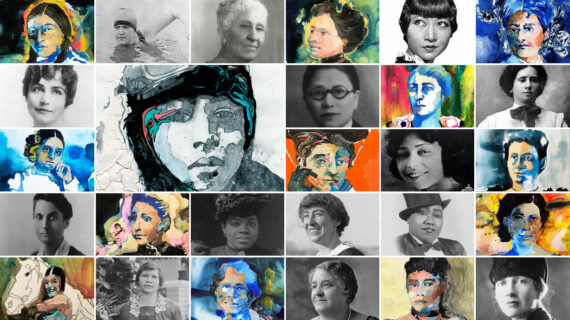
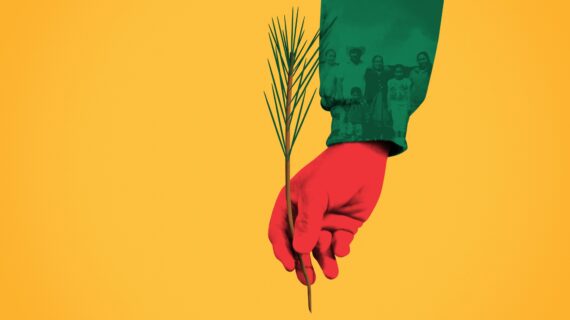
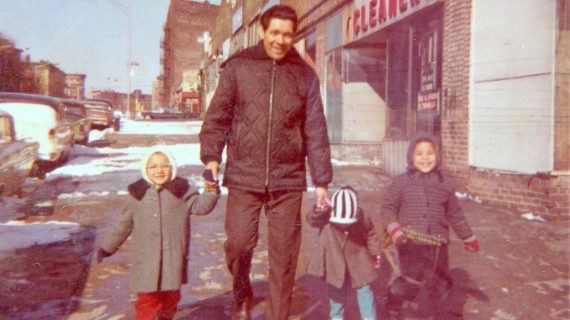
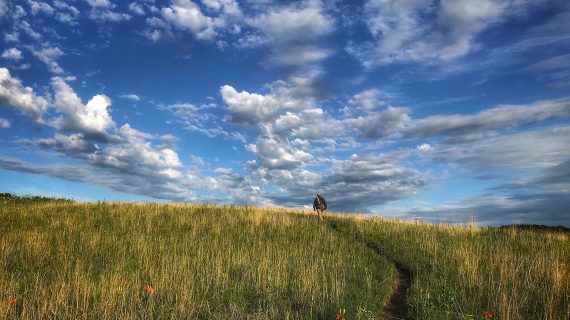
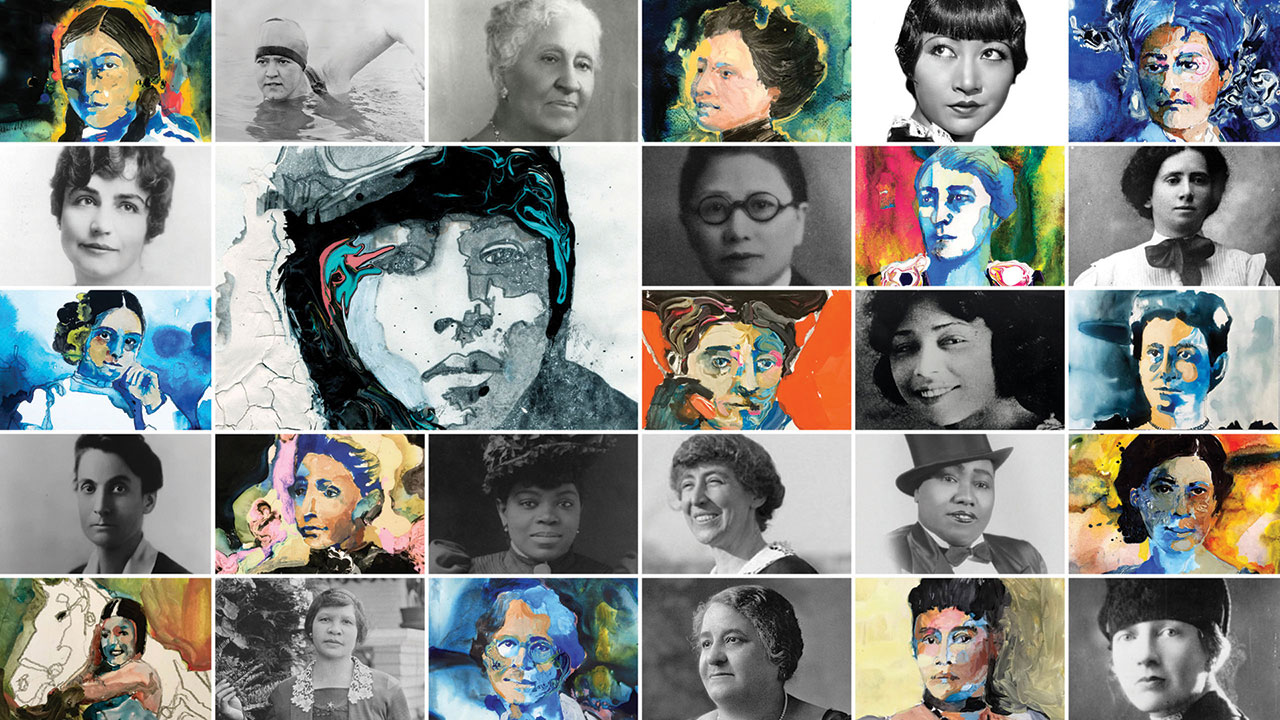
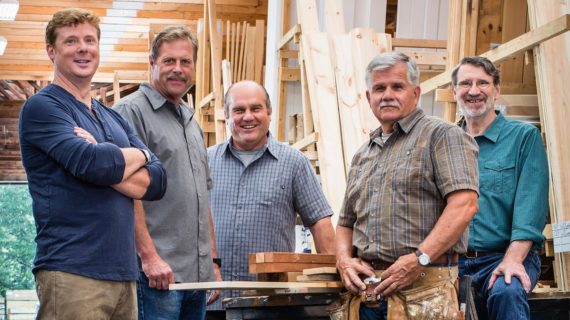

Follow Us